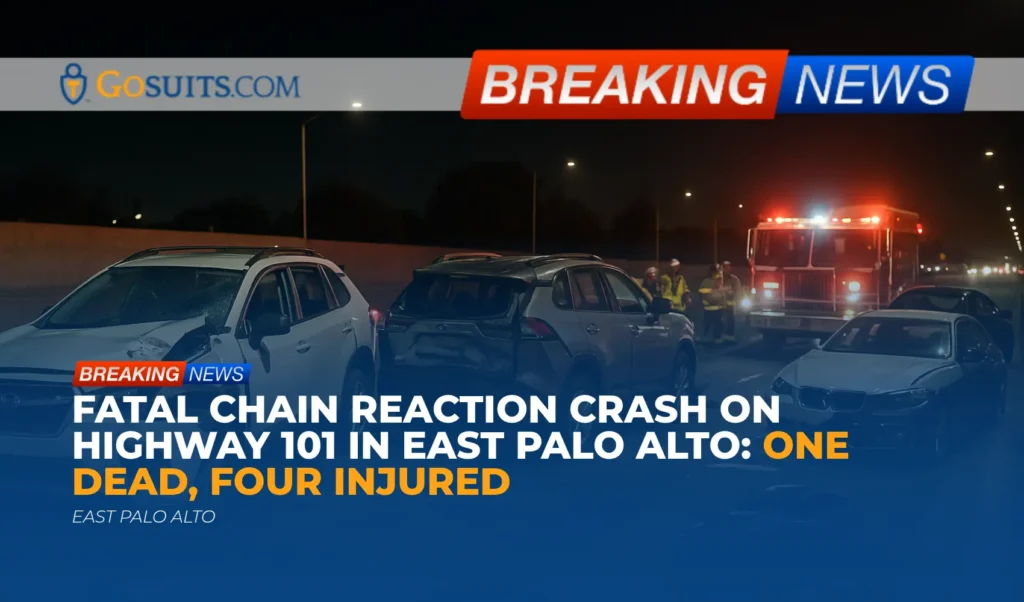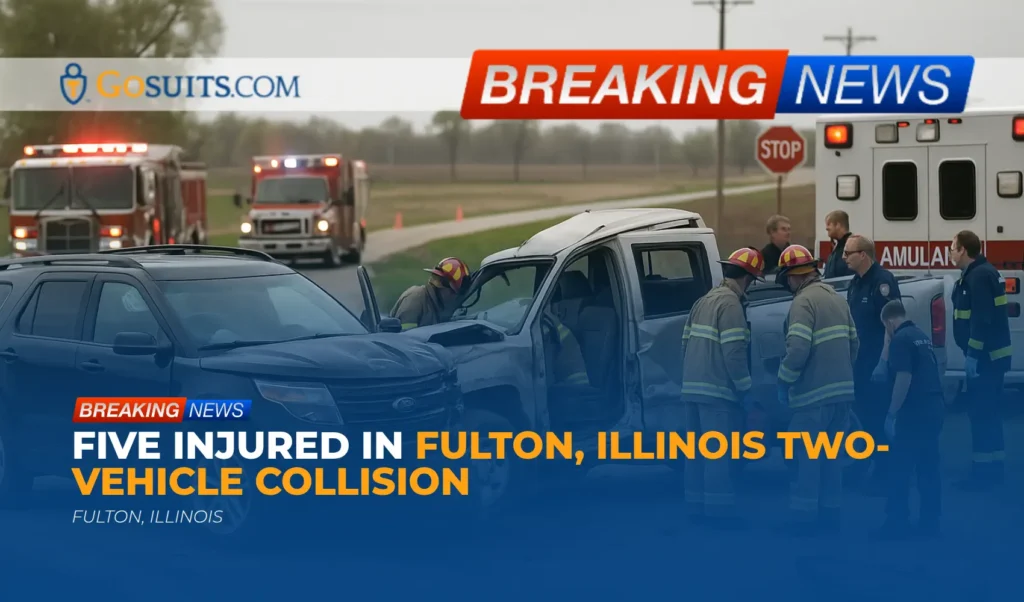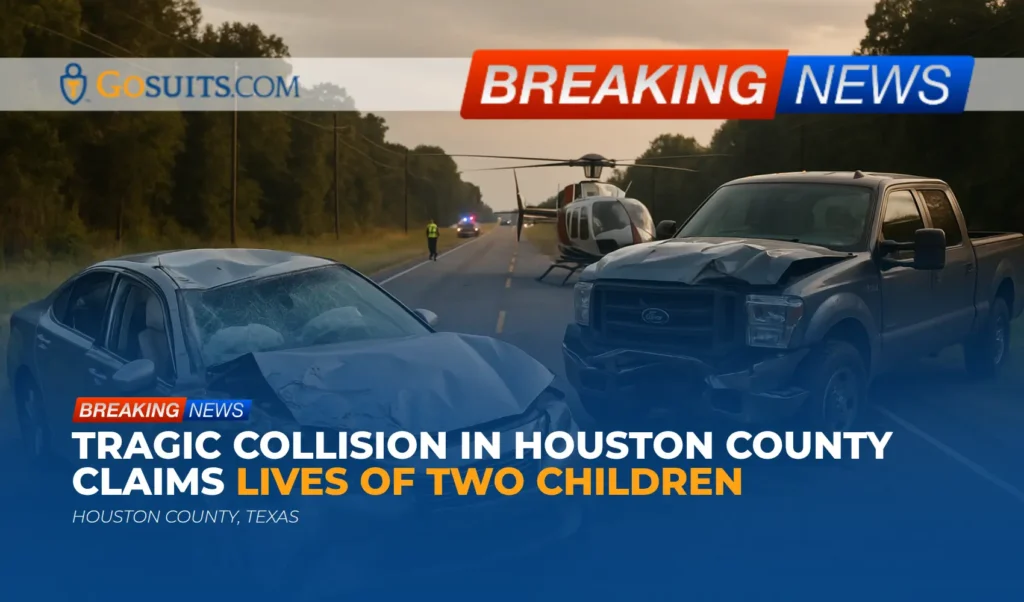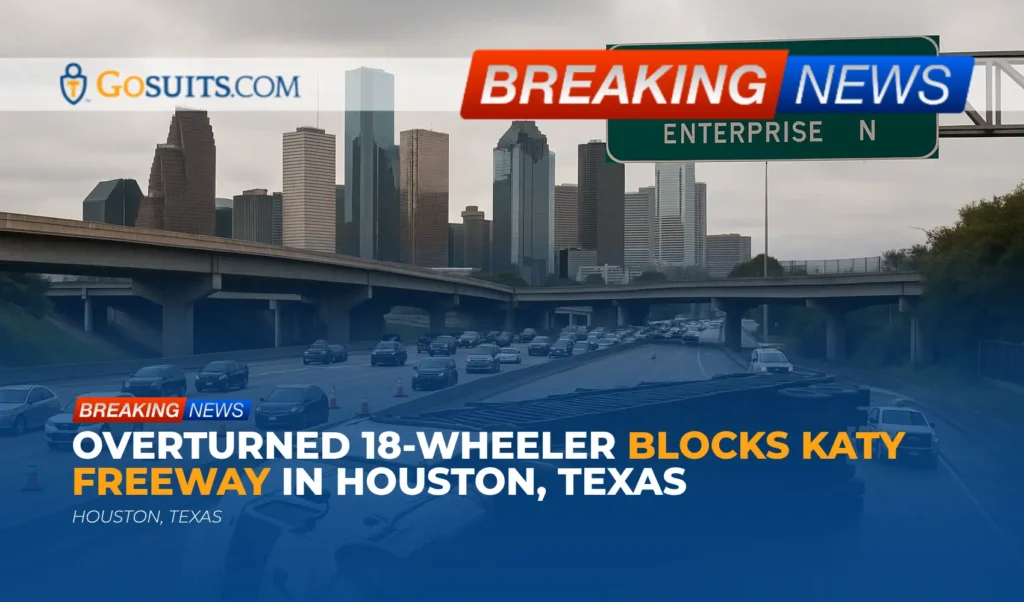A multi-vehicle collision on Highway 101 in East Palo Alto early Sunday morning resulted in one fatality and injuries to four others, according to the California Highway Patrol (CHP). The incident, involving four vehicles, occurred at approximately 2 a.m. and is currently under investigation.
Incident Details
The CHP reported that the chain reaction collision began when a white Acura SUV, traveling northbound on Highway 101 just south of University Avenue, allegedly rear-ended a gray Toyota Rav4. This initial impact set off a sequence of collisions.
A third vehicle, a white Subaru SUV, then crashed into the Toyota immediately after the first collision. The Subaru subsequently crashed into the center median. The driver of the Subaru sustained fatal injuries and was pronounced dead at the scene by San Mateo County firefighters and paramedics.
A fourth vehicle, a BMW, then collided with one of the stopped vehicles, further compounding the accident scene.
Injuries and Emergency Response
In addition to the fatality, the driver and a passenger in the Toyota Rav4 sustained major injuries and were transported to a local hospital for treatment. Two other individuals involved in the collision suffered minor injuries.
The driver of the white Acura SUV was arrested by CHP officers on suspicion of driving under the influence (DUI) causing injury. The investigation into the crash is ongoing, and the CHP is asking any witnesses to contact the Redwood City Area Office at (650) 779-2700.
Legal Implications of Chain Reaction Collisions
Chain reaction collisions, also known as multi-vehicle accidents, present unique challenges in determining liability and responsibility. These incidents often involve a complex series of impacts, making it crucial to establish the sequence of events and the factors contributing to the crash.
In California, as in many other states, the principle of negligence typically governs liability in car accident cases. Negligence occurs when a driver fails to exercise reasonable care, resulting in harm to others. This can include actions such as speeding, distracted driving, driving under the influence, or following too closely.
In a chain reaction collision, multiple drivers may be found negligent, and their respective degrees of fault may need to be assessed. This can involve examining factors such as:
- The initial cause of the accident: Determining what triggered the chain reaction is paramount. Was it a driver’s negligence, a mechanical failure, or hazardous road conditions?
- Following distance: California law requires drivers to maintain a safe following distance. If a driver rear-ends another vehicle, it is often presumed that they were following too closely.
- Speed and traffic conditions: Drivers are expected to adjust their speed to match prevailing traffic conditions. Excessive speed can make it difficult to avoid collisions.
- Driver impairment: Driving under the influence of alcohol or drugs significantly impairs reaction time and judgment, increasing the risk of accidents.
- Sudden stops: While drivers have a duty to stop safely, sudden and unexpected stops can also contribute to chain reaction collisions. The reason for the sudden stop may be a factor in determining liability.
- Weather and visibility: Inclement weather conditions, such as rain, fog, or darkness, can reduce visibility and increase the risk of accidents. Drivers must take extra precautions in such conditions.
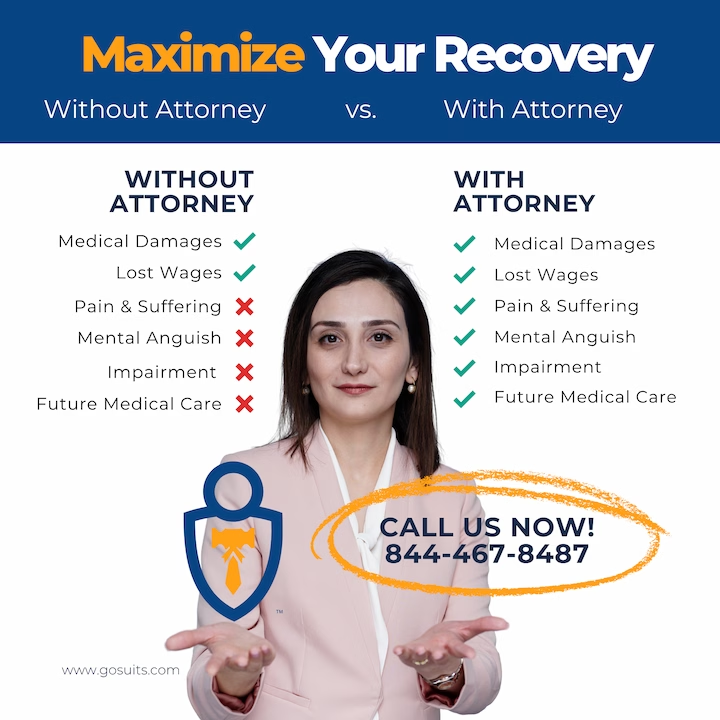
Investigating Liability in a Multi-Vehicle Accident
A thorough investigation is essential to determine liability in a chain reaction collision. This may involve:
- Police reports: Law enforcement agencies conduct on-scene investigations and generate reports that include details about the accident, witness statements, and citations issued.
- Witness interviews: Statements from witnesses can provide crucial insights into the sequence of events and the actions of the drivers involved.
- Vehicle inspections: Examining the vehicles involved can reveal evidence of mechanical failures or other contributing factors.
- Accident reconstruction: Skilled accident reconstruction experts can analyze the physical evidence and data to recreate the events leading up to the collision.
- Medical records: Medical records can help document the extent of injuries and establish a link between the injuries and the accident.
Insurance Considerations
Chain reaction collisions can also complicate insurance claims. With multiple vehicles and parties involved, it may be necessary to coordinate with several insurance companies.
California is an “at-fault” state, meaning that the driver who caused the accident is responsible for the resulting damages. However, determining fault in a multi-vehicle accident can be complex, and insurance companies may dispute liability or attempt to minimize payouts.
Individuals injured in a chain reaction collision may be entitled to compensation for:
- Medical expenses (past and future)
- Lost wages (past and future)
- Property damage
- Pain and suffering
- Other related losses
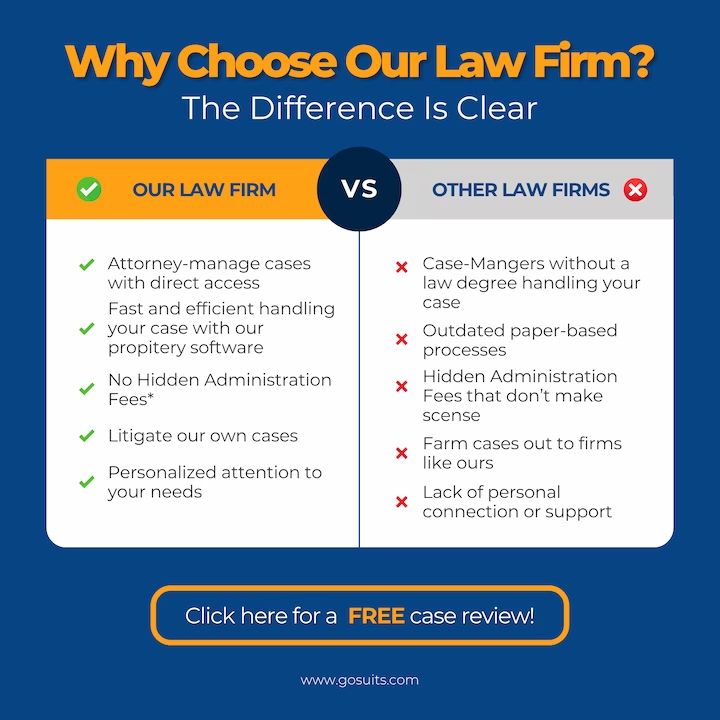
Commentary from Gosuits East Palo Alto, California Personal Injury Attorney
Chain reaction collisions are among the most challenging types of traffic accidents due to their complexity and the potential for severe injuries and fatalities. Establishing liability in these cases requires a detailed understanding of traffic laws, accident reconstruction principles, and insurance practices.
When a driver’s negligence, such as driving under the influence, triggers a chain reaction crash, they can be held accountable for the harm caused to others. However, even in cases where fault seems clear, insurance companies may attempt to shift blame or minimize payouts.
Individuals involved in a chain reaction collision should seek appropriate medical attention immediately and document their injuries and losses. Consulting with a seasoned personal injury attorney can help protect their rights and navigate the legal process. An attorney can conduct an independent investigation, gather evidence, negotiate with insurance companies, and, if necessary, pursue litigation to obtain fair compensation for their client’s damages.
It’s also important to remember that the statute of limitations in California for personal injury cases is generally two years from the date of the accident. Therefore, it’s essential to seek legal counsel as soon as possible to ensure that your claim is filed within the applicable time frame.
